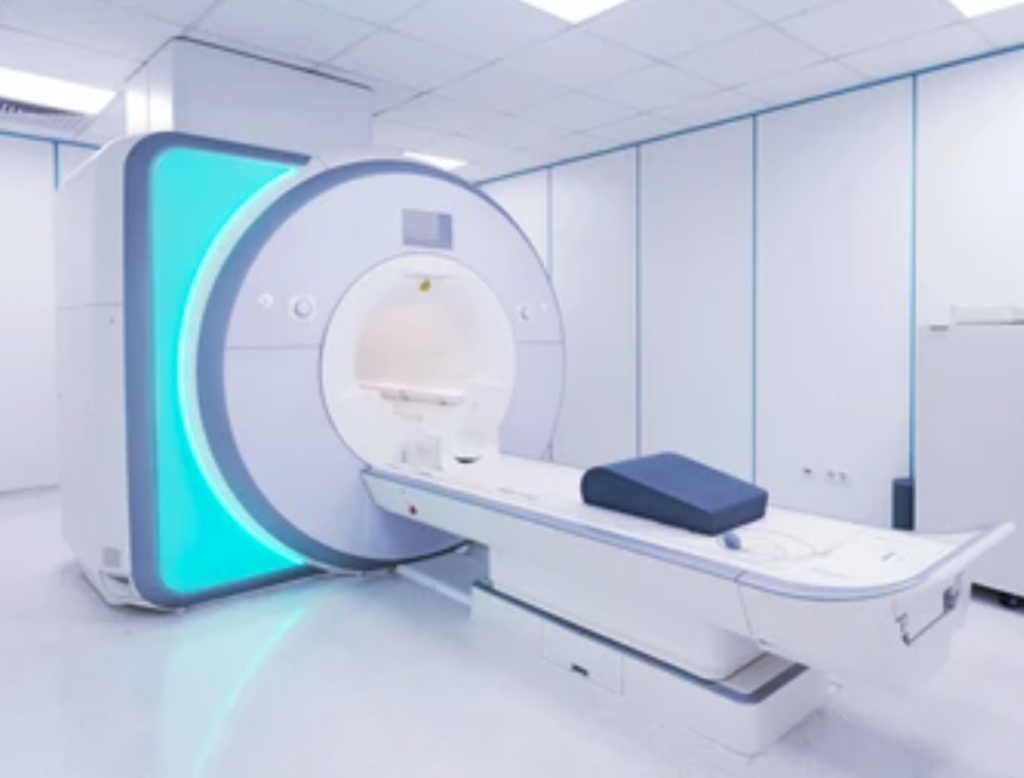APPLICATIONS OF TECHNOLOGY:
- Superconducting magnets in MRI and research applications
- High field NMR magnets
- Electron microscopy
BENEFITS:
- More efficient, accurate, and faster than flux pumping systems
- Does not require the use of thermal switches
- Fast feedback
- Prevents decay from residual resistances in the circuit
BACKGROUND:
Many superconducting magnets operate in persistent mode, where the current powering the device is flowing in a closed superconducting loop decoupled from a power supply. For precise applications, such as an MRI or an electron microscope, the capability to adjust this persistent current is critical. Adjustment is required for precise tuning of the device and for stabilization of the current against decay due to small residual resistances in the circuit.
The state of the art is to use a persistent current switch (PCS) that locally heats up the magnetic circuit to “break” superconductivity so an external power supply can “top off the magnetic system” with flux to keep it in persistent current mode. However, such a method is inefficient and slow.
TECHNOLOGY OVERVIEW:
Berkeley Lab scientists have developed a new technique for adjusting persistent currents as a viable alternative to flux pumping by way of variable inductance.
This system and method employs a special tunable inductor that “tops off” the magnetic flux in the main superconducting magnetic coil so it can stay in persistent current mode without needing to use the persistent current switch (PCS). Rather than bringing in new flux from outside the circuit, a small amount of flux is stored in a tunable inductor at the initial point of powering. This tunable inductor is referred to as a “flux bank”. Flux can then be transferred back and forth from this bank to the main coil by simply changing the inductance of the bank. Since superconducting circuits conserve flux, tuning this inductance will cause flux to shift to or from the coil, resulting in a change of persistent current.
This new tunable inductor approach shows promise for precise and fast adjustments since, unlike existing flux pumping techniques, it no longer requires a slow thermal switch to quench the conductor and apply the break. Overall, this may result in a much simpler, faster, and better performing method of persistent current tuning when compared to existing technology.
DEVELOPMENT STAGE: proven principle
FOR MORE INFORMATION:
Brouwer et al, “Stabilization and control of persistent current magnets using variable inductance”, Supercond. Sci. Technol. 2022, https://doi.org/10.1088/1361-6668/ac549b
RELATED TECHNOLOGY:
Portable, High Resolution NMR/MRI in Inhomogeneous Fields IB-2185
PRINCIPAL INVESTIGATORS:
Lucas Brouwer
STATUS: Patent pending
OPPORTUNITIES: Available for licensing or collaborative research
